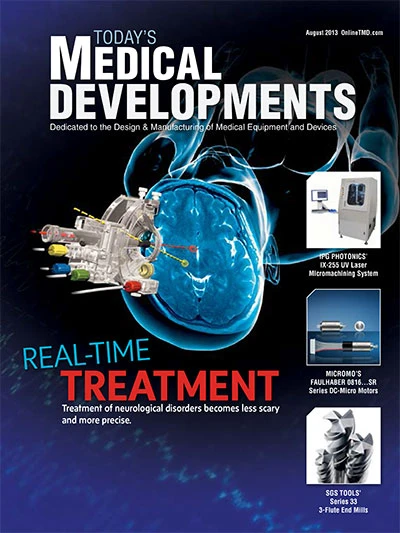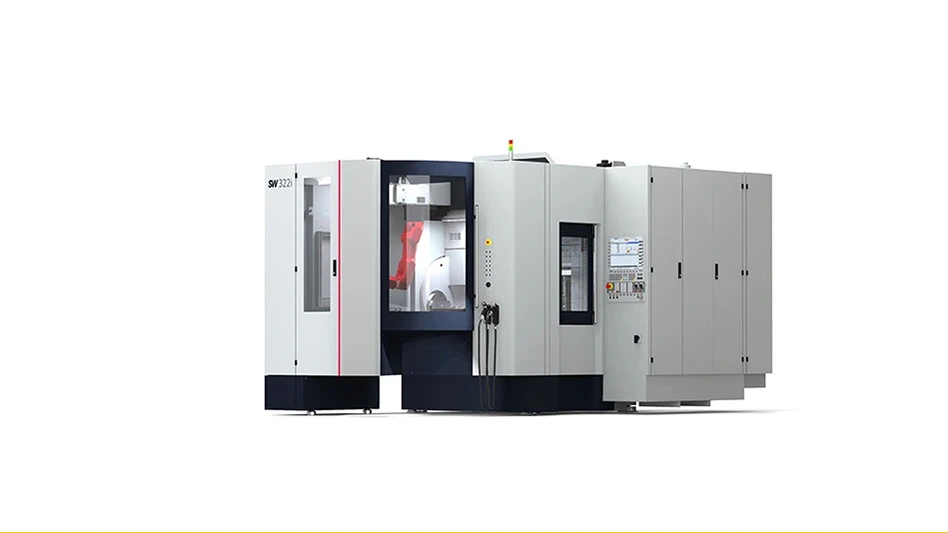 ConforMis iTotal Tibia + Femur |
The first total knee replacement was performed more than 100 years ago in Germany using ivory. In the 20th century, knee replacement techniques evolved to include hinged metal knees that replaced the patient’s own damaged bone. However, these systems proved unable to withstand everyday stresses and when the implant loosened, patients would experience pain. Refinements since that time in the areas of components, materials, bonding, and the basic use of instruments have helped address that issue.
As the number of knee replacements began to increase – according to the Agency for Healthcare Research and Quality, more than 600,000 knee replacements are performed each year in the United States – so did manufacturers’ attempts to improve implants. However, despite incremental improvements to implant design, studies have shown 1 in 5 patients with a total knee replacement are not satisfied with the results of their surgery.1 A large part of patient dissatisfaction can be linked to issues such as off-the-shelf implant shapes that do not match the patient’s anatomy, which can result in residual pain2, functional limitations3, and a knee that does not feel natural4. Often, the result is overhang or underhang, which demonstrates the mismatch between the size and shape of the patient’s femur and the implant itself.
Consider that in a series of 437 total knee replacements5, 68% of women and 40% of men had femoral overhang of ≥ 3mm in at least one of five zones. Overhang was correlated with a nearly doubled increase in the risk of pain following surgery. These patients who experience pain and are dissatisfied, report that their knee does not feel normal at more than two times the rate of satisfied patients.6 In addition, two to three times as many patients with a total knee replacement report some degree of difficulty with activities relative to a similar control group with no previous knee disorders.7
No two knees are the same shape or size, yet for decades implants have been designed based on averages – average shapes, average sizes, average dimensions. Recently, however, there’s been a shift toward patient specificity as a way to mitigate some of the issues common to off-the-shelf knee designs.
|
Fit Image-to-Implant Technology
|
 Jigs and Implant Used for ConforMIS iTotal Surgery |
Personalized Approach
At this year’s American Academy of Orthopedic Surgeons’ annual conference, Zimmer unveiled the Persona System, a personalized implant that features more sizes and takes into account anatomical differences between male and female patients. According to its website, Zimmer also analyzed 1,500 different bone types from 26 different ethnicities, and was able to create an implant with tighter increments, side-specific kinematics, differential conformity articulation, and cruciate retaining and posterior stabilized philosophies. All of which are nuances that more closely resemble a patient’s own knee.
DePuy released a similar product, also meant to be more natural-feeling, the Attune System. According to company materials, the system is designed to provide a higher level of motion and to address the unstable feeling some patients experience during everyday activities, such as stair descent and bending. In order to develop Attune, DePuy worked with the University of Denver to assess how implant geometry aids in maintaining stability through patients’ daily activities and modified its past models.
While these new knee systems are welcome additions to the options that surgeons have, the designs are still based on averages – but now, advances in 3D technology are allowing us to offer patients an exact replica of their healthy knee.
 ConforMIS iTotal vs. Total Knee Replacement Surgery |
Anatomically Precise
ConforMIS, brings an entirely new approach to implant design that takes personalization a step further by making each individual implant specific to that patient. To do this, the company recreates the anatomy of a patient’s knee using its iFit technology, which converts CT data into patient-specific femoral and tibial implants as well as cutting guides. The iTotal total knee replacement system (the company also offer the iUni and iDuo for patients who require partial replacements) is precisely sized and shaped to conform to the unique 3D structure of a joint. Each implant and cutting guides are all specific to the patient, addressing the wide variations in patient anatomy that lead to overhang and underhang and ultimately, patient dissatisfaction. By following the anatomic structure of each patient, the iTotal implant is designed to fit one knee and only that knee.
Patient-specific fit not only virtually eliminates sizing compromises, but since it is designed to follow the contour of each patient’s anatomy, it has increased potential to lead to a much more natural feeling. A nagging problem with knee arthroplasty is mid-flexion instability, where the knee ligaments have mismatched tension through the anatomic motion arc. The ConforMIS computer protocols successfully mate the patient’s anatomic femoral “J-curves” to individually contoured medial and lateral tibial polyethylene bearings. I have seen stunning results in my practice, with near complete elimination of this vexing problem.
The additional advantage of having such a system is that the company can respond to physician feedback and improve devices in a very quick timeframe. Most off-the-shelf knee implants require so much inventory that any small change is a very large production and expense. With patient-specific technology, implants can continue to be updated and improved rapidly as new data or evidence comes forward.
Currently, ConforMIS is the only manufacturer that offers a patient-specific implant.When I first heard it of it, a light bulb went off in my head. Why are we fitting a patient to the implant instead of fitting the implant to the patient? Other areas in medicine are increasingly personalizing treatment options to the patient, whether it is through drug therapy or a combination of treatments. Orthopedics should be no different.
ConforMIS
Bedford, Mass.
www.conformis.com
Footnotes
- Bourne, R.B., et al; “Patient Satisfaction After Total Knee Arthroplasty. Who is Satisfied and Who is Not?” Clinical Orthopaedics and Related Research: 2010
- Berger, et al; “Malrotation Causing Patellofemoral Complications After Total Knee Arthroplasty.” Clinical Orthopaedics and Related Research; 1998, 356: 144-153
- Mahoney, et al; “Overhang of the Femoral Component in Total Knee Arthroplasty: Risk Factors and Clinical Consequences.” The Journal of Bone and Joint Surgery; 2010, 92: 1115-1121
- Noble PC, et al. “The John Insall Award: Patient Expectations Affect Satisfaction with Total Knee Arthroplasty.” Clin Orthop Relat Res (2006) 452: 35–43
- Mahoney, et al; “Overhang of the Femoral Component in Total Knee Arthroplasty: Risk Factors and Clinical Consequences.” The Journal of Bone and Joint Surgery; 2010, 92: 1115-1121
- Noble, et al; “Patient Expectations Affect Satisfaction with Total Knee Arthroplasty.” Clinical Orthopaedics and Related Research; 2006, 452: 35-43
- Hawker, et al; “Health-Related Quality of Life after Knee Replacement.” The Journal of Bone and Joint Surgery; 1998, 80-A #2: 163-173

Explore the August 2013 Issue
Check out more from this issue and find your next story to read.
Latest from Today's Medical Developments
- Tariffs threaten small business growth, increase costs across industries
- Feed your brain on your lunch break at our upcoming Lunch + Learn!
- Robotics action plan for Europe
- Maximize your First Article Inspection efficiency and accuracy
- UPM Additive rebrands to UPM Advanced
- Master Bond’s LED415DC90Med dual-curable adhesive
- Minalex celebrates 60 years of excellence in miniature aluminum extrusions
- Tormach’s Chip Conveyor Kit for the 1500MX CNC Mill





